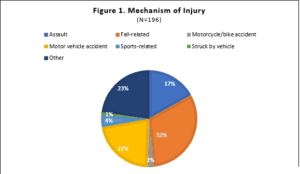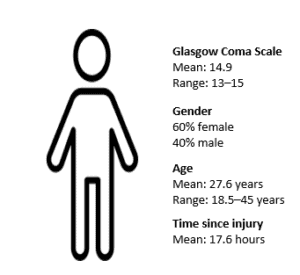In this issue, we’ve offered an urgent care perspective on which patients presenting with head injury are most likely to require a scan, and shared insights into one urgent care center’s efforts to get a handle on which pediatric patients with head injury really need to be transferred to the emergency room.
The fact is that the CT scan remains the standard for assessing for traumatic brain injury. The question that remains is, what’s next?
A recent white paper, Potential to Reduce Unnecessary Emergency Department Referrals By Up To 75% Through Objective, Actionable Information for Mildly-Presenting Head Injured Patients in Urgent Care Centers Using BrainScope One, suggests that urgent care centers may have the capability to advance initial triage and assessment of mild head injured patients—and in doing so, reduce the number of patients who are transferred to the ED as a matter of protocol.
The researchers considered the cases of 196 patients evaluated at 12 U.S. urgent care centers between June 2017 and April 2018. In doing so, they turned up data that could be valuable to the urgent care clinician independent of the stated aim of the research. Here, we present new information on what mechanisms of injury are most likely to precede an urgent care presentation (Figure 1), along with “typical” characteristics of those patients (Figure 2).
Patients Presenting to Urgent Care for Evaluation of Brain Injury


Data source: BrainScope.
